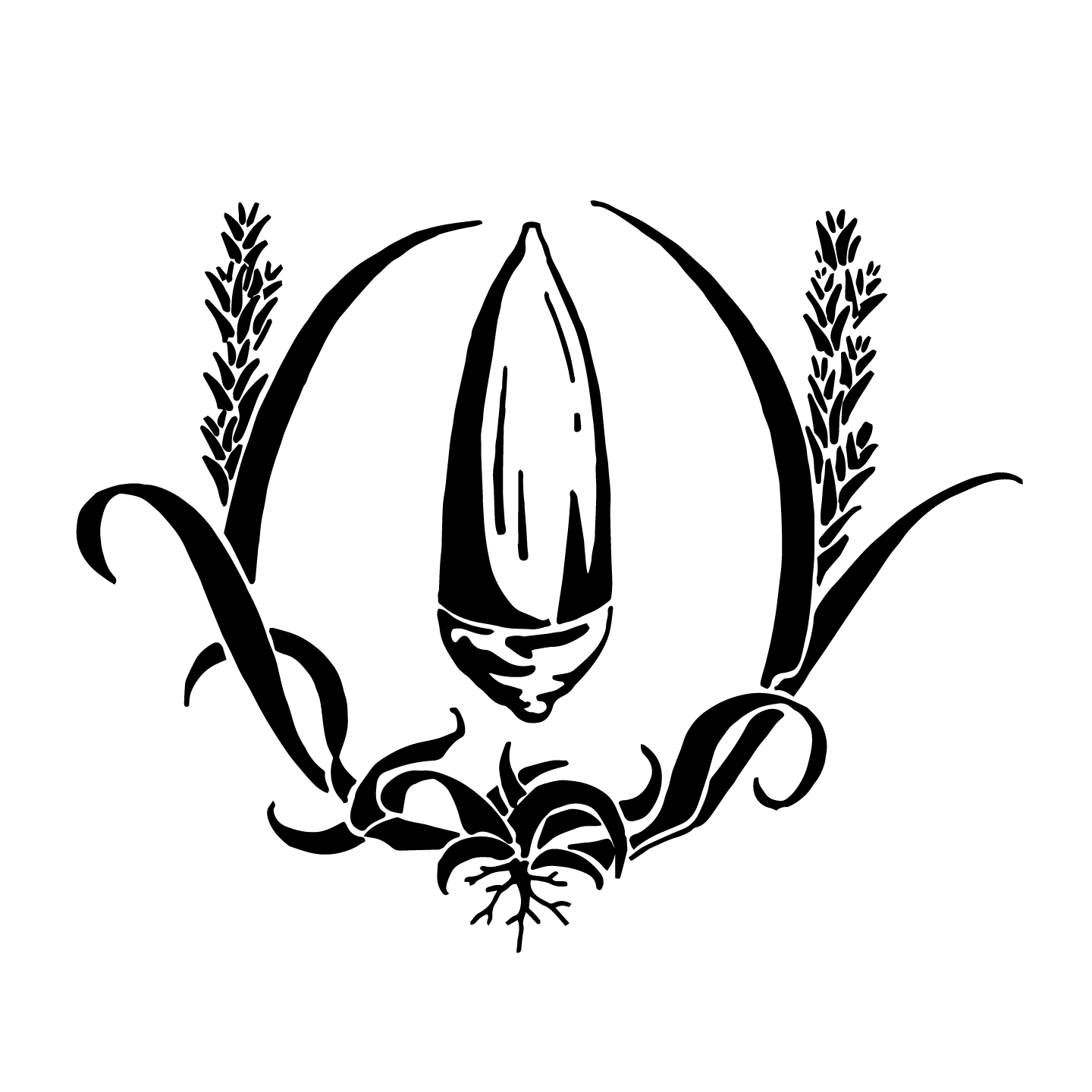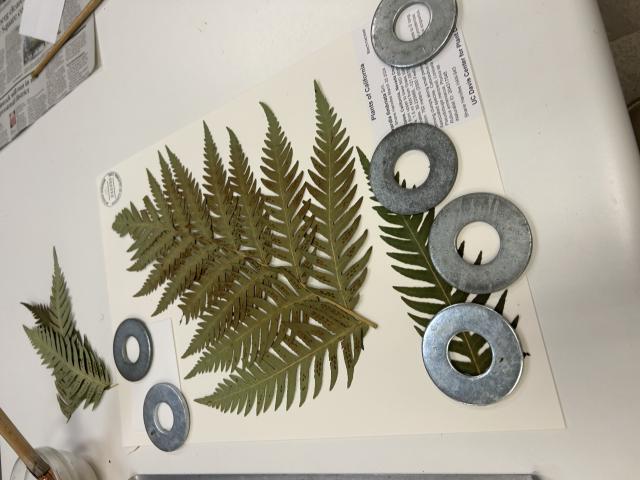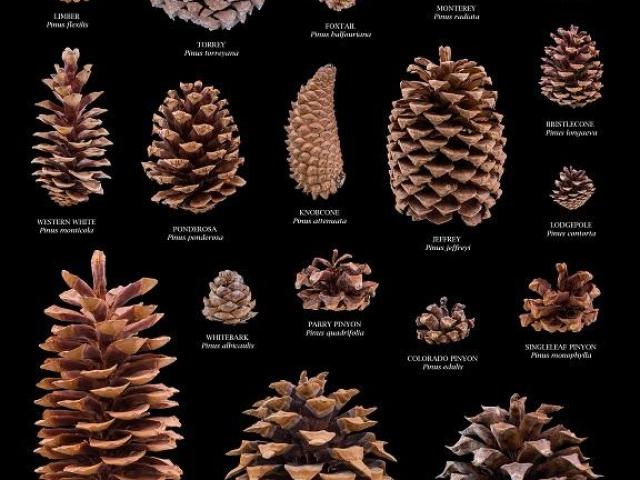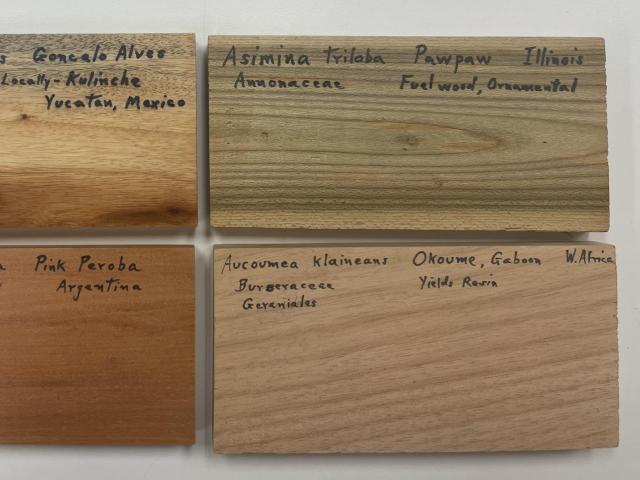Collections
The UC Davis Center for Plant Diversity is a special facility within the Plant Sciences Department on the Davis campus of the University of California. Its main resource is the J.M. Tucker Herbarium, composed of 300,000 vascular plant specimens, 2,400 bryophyte specimens, 2,000 macroalga specimens, 1,700 lichen specimens, and 600 conifer cones.
Type Specimen Images: Images of our 344 type specimens are available at the JSTOR Global Plants type specimen library.
GBIF Data: Our data is served worldwide through the Global Biodiversity Information Facility (GBIF).
Our collections are world-wide in scope, but the geographic region that is the most complete is northern California. The collections are worldwide in scope, with strengths in the following geographic regions: California; Ecuador; Baja California; the Antilles; the Pacific Islands; Mediterranean-climate regions. We have excellent collections of Poaceae (grasses - nearly one quarter of our collections are grasses) and Euphorbiaceae (spurges), and good collections of emblematic California genera, such as Navarretia, Clarkia, Trifolium, Quercus, and Arctostaphylos. Learn more about our collections below.









